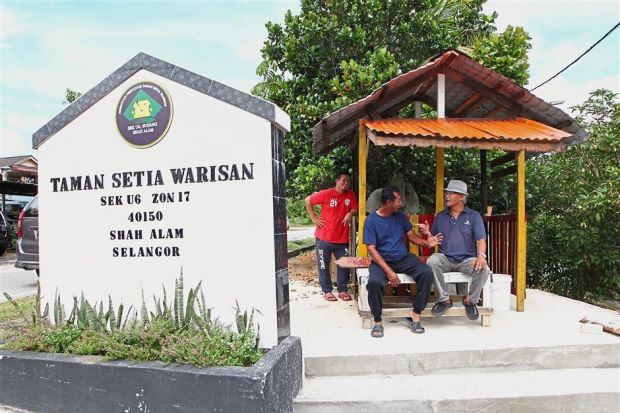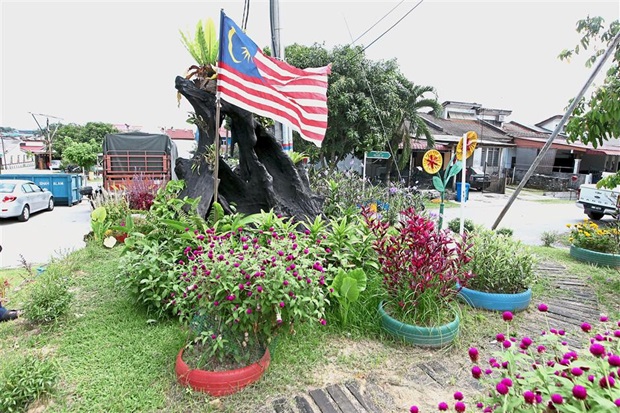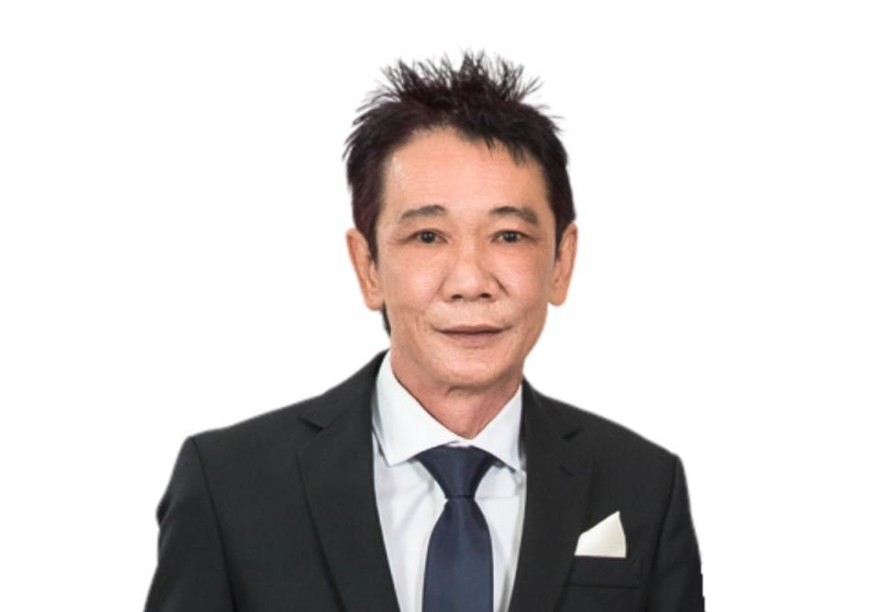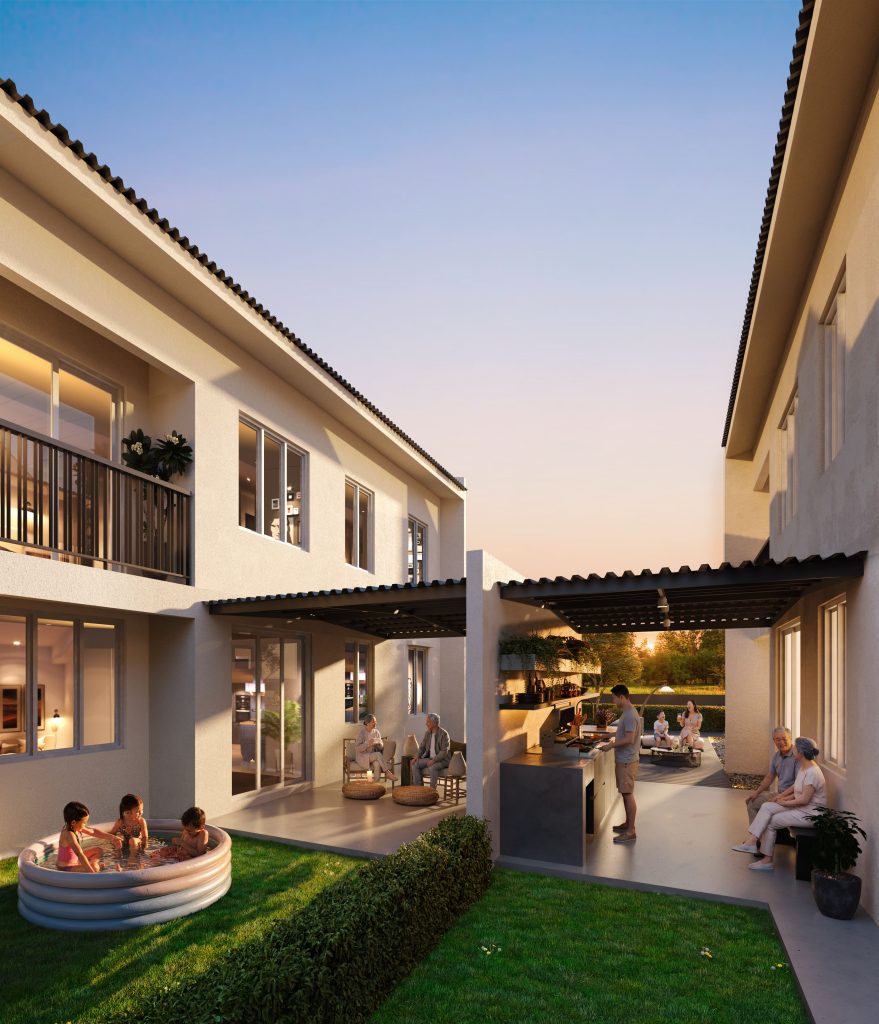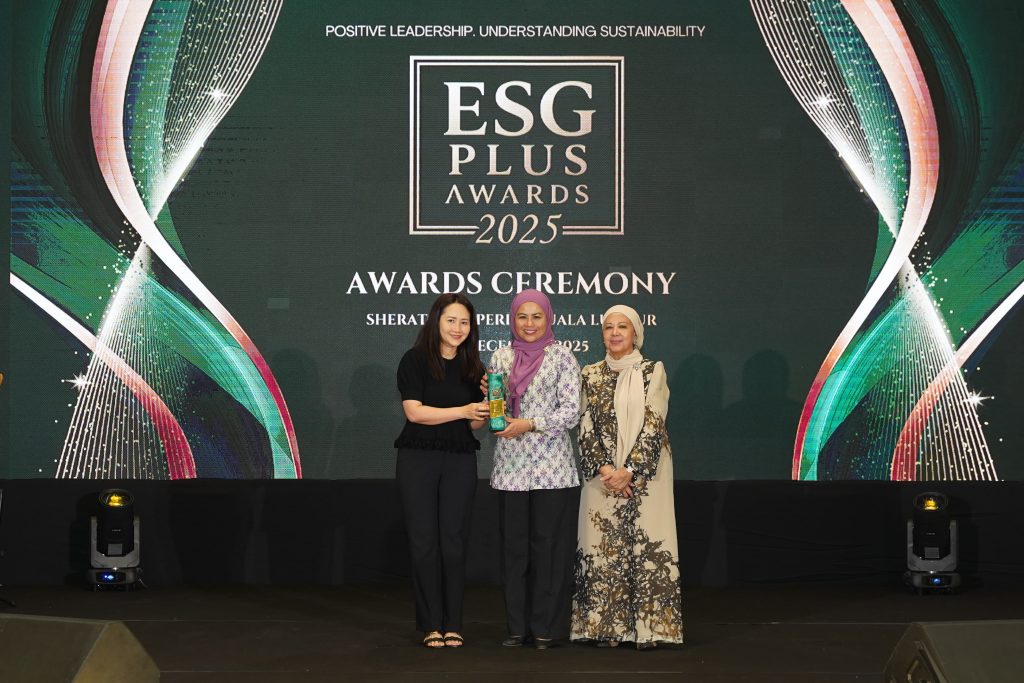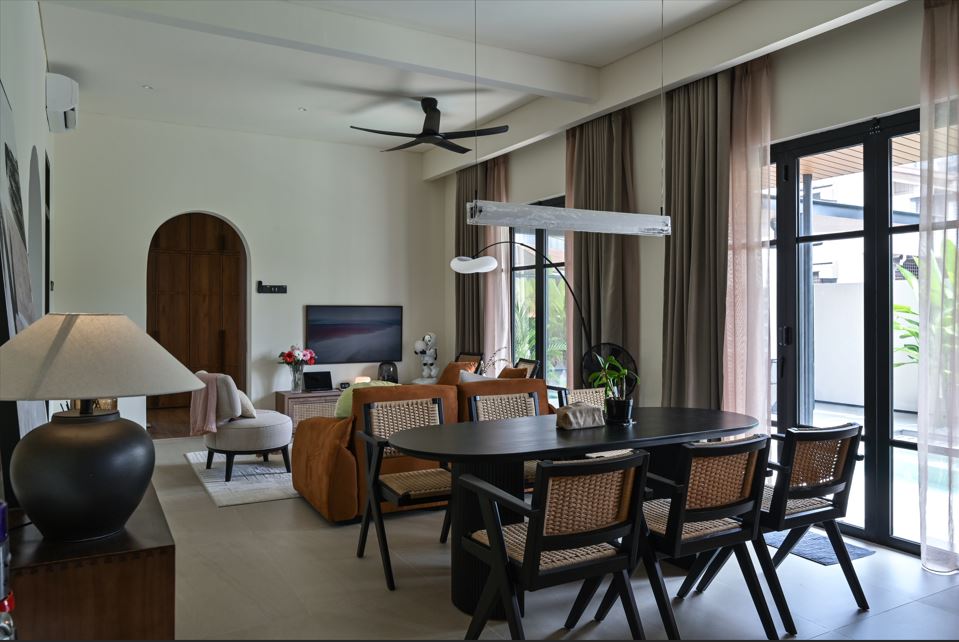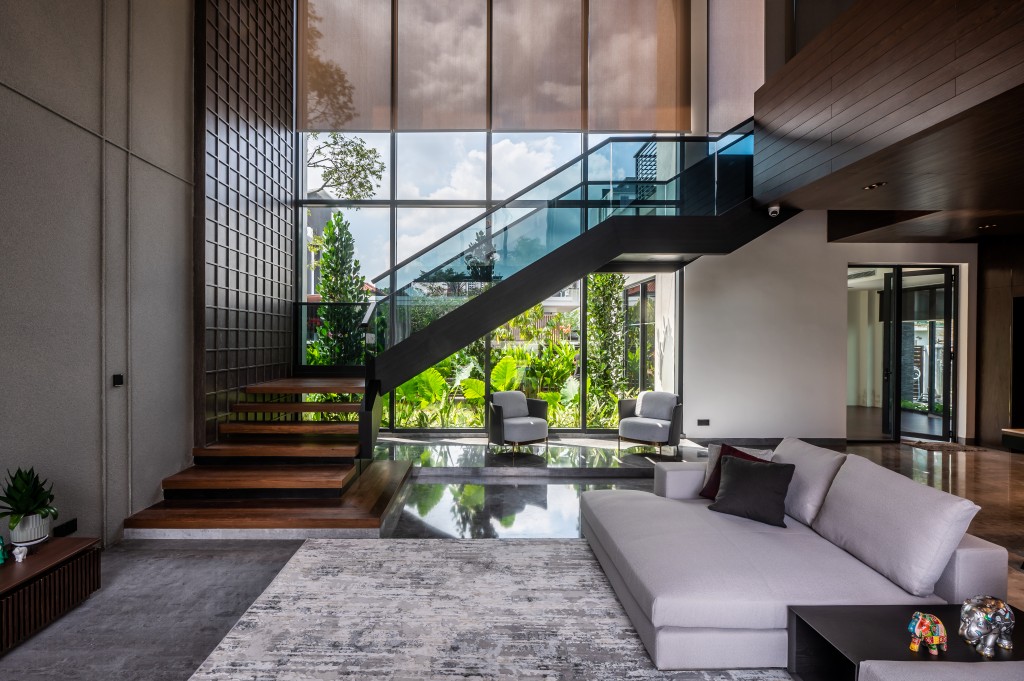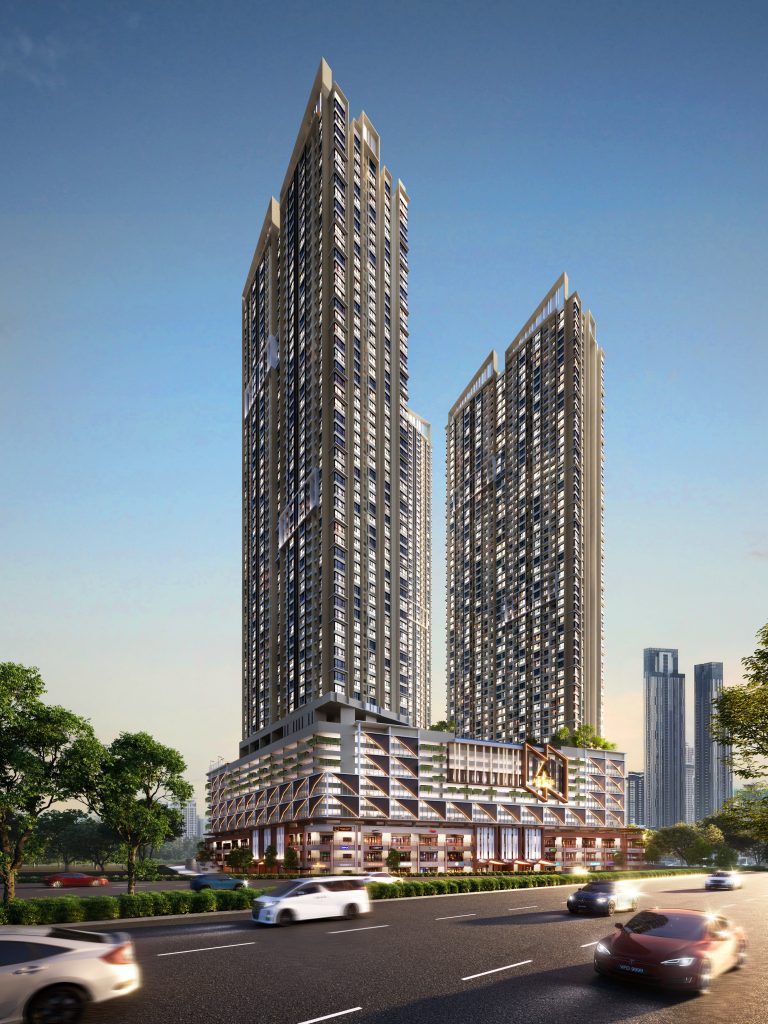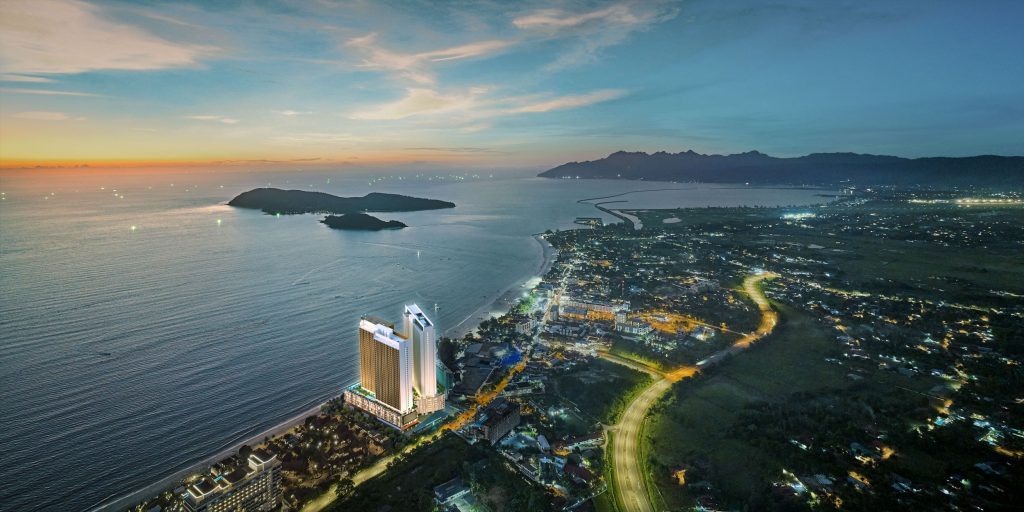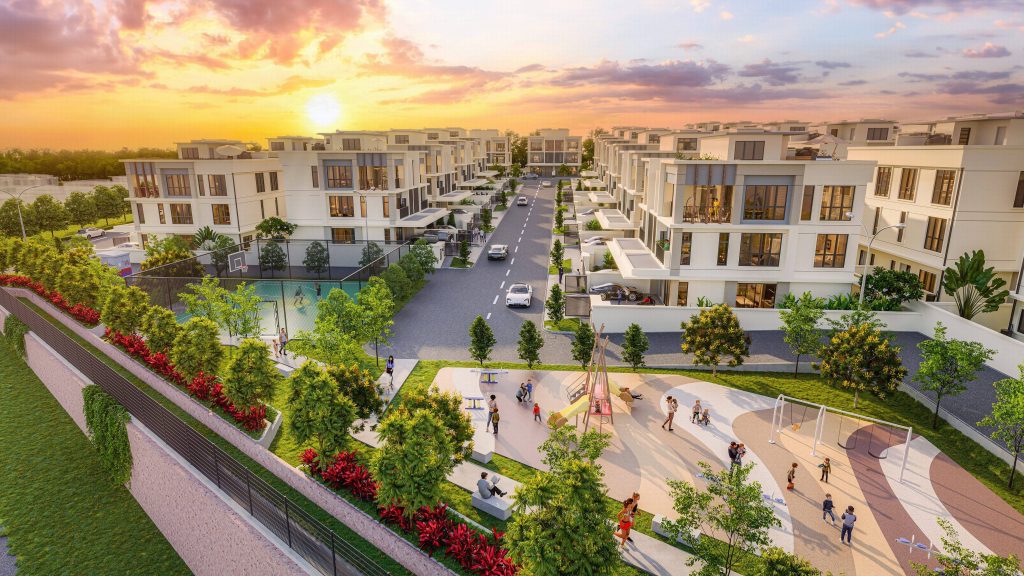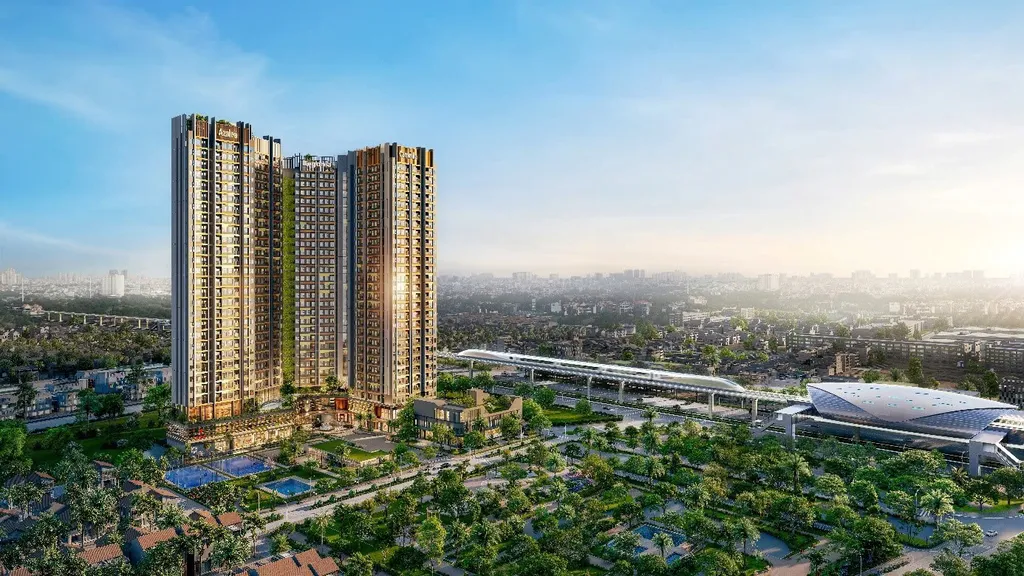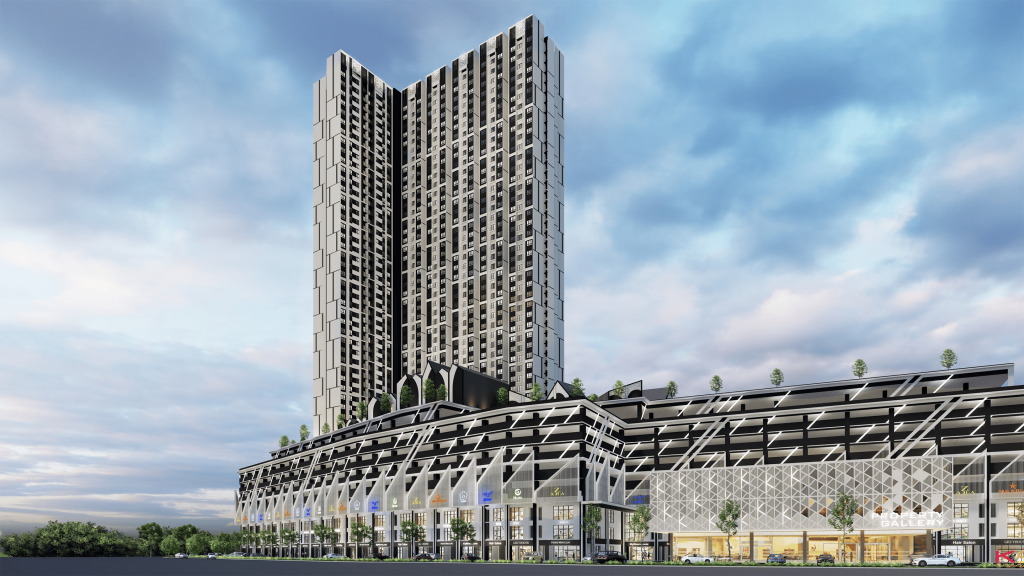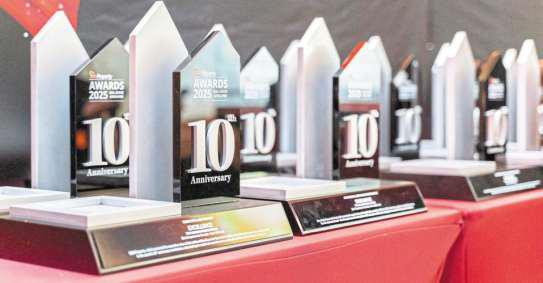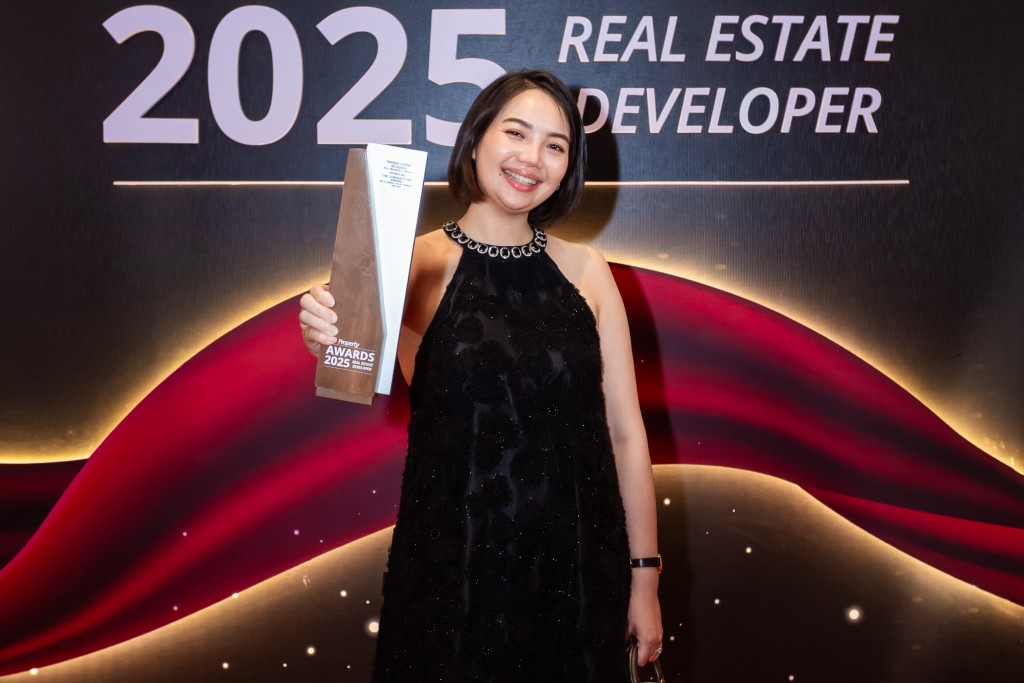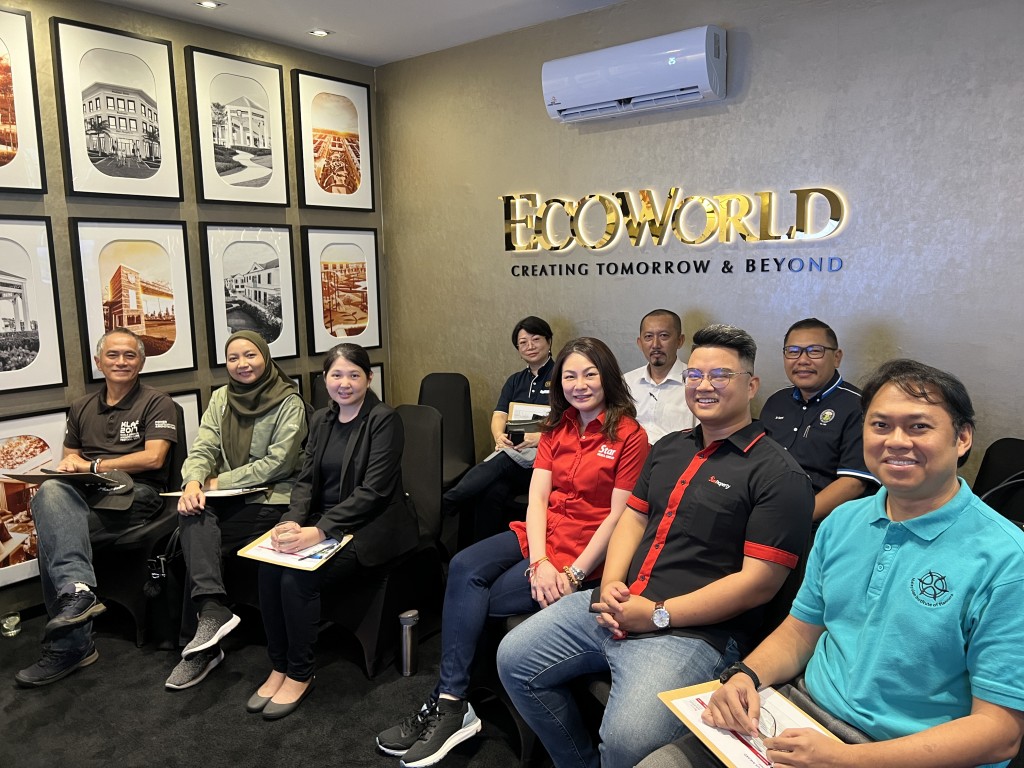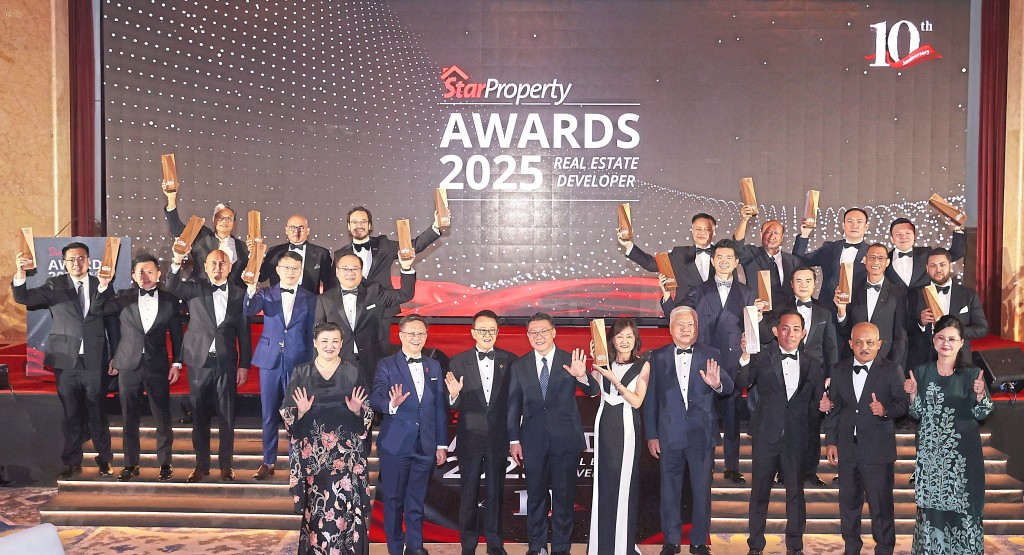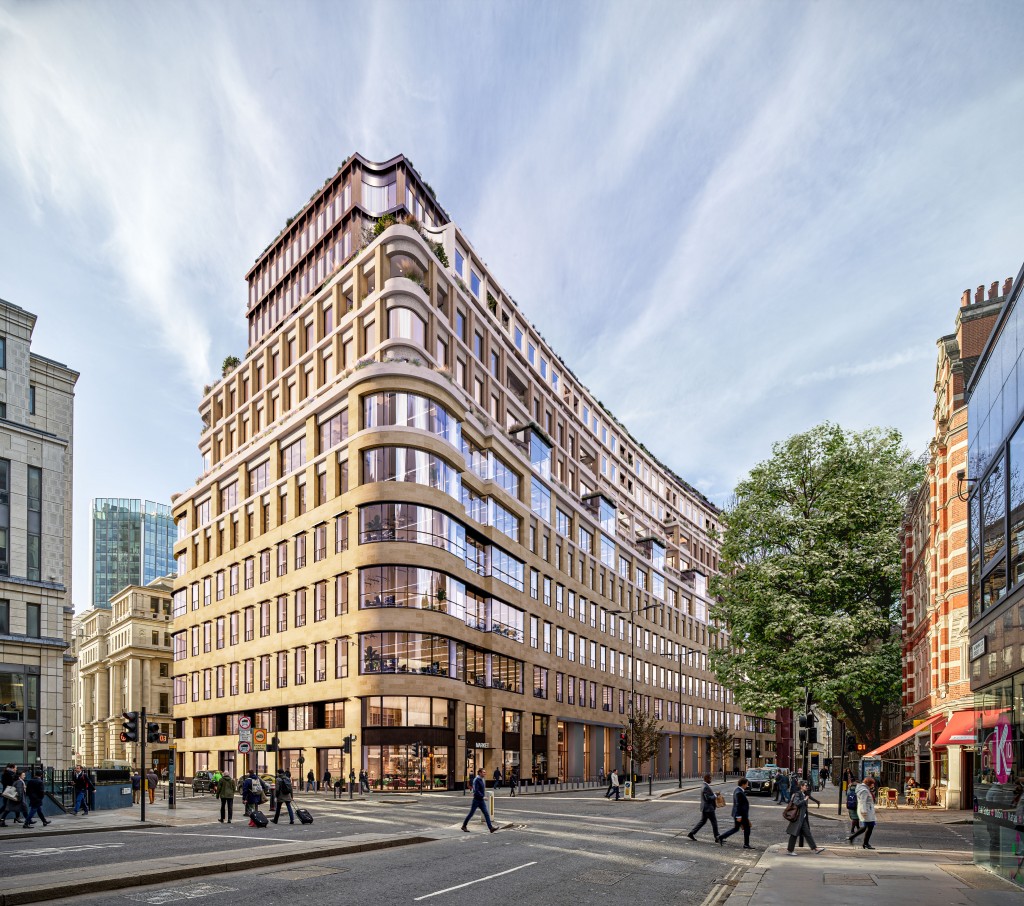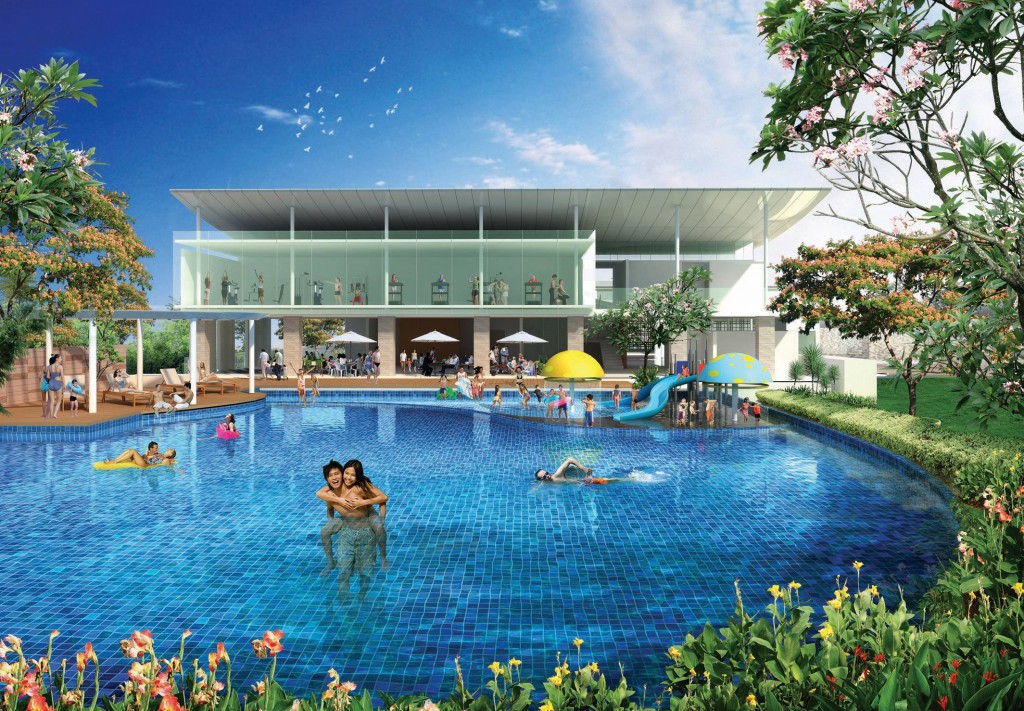After four years, their developer was declared bankrupt and the middle-income earners were stranded with just the buildings’ frame to work with.
Mat Saad said the affected housebuyers got together and decided to complete the houses themselves.
“We started with nothing, no water, no electricity. We became our own wireman, plumber and contractor.
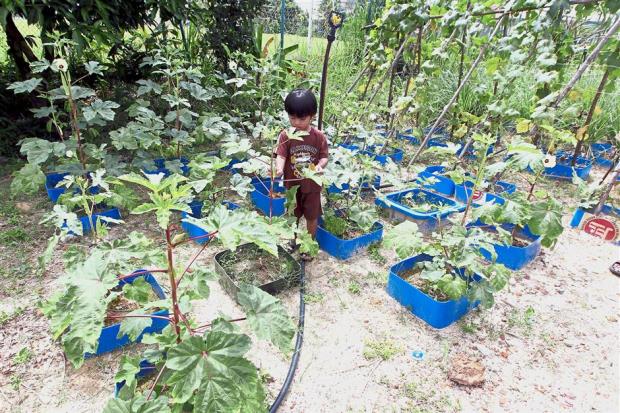
Both the adults and children are trained to look after the gardens.
“We had no choice but to rely on each other. Looking back, that may have been the reason for our success today,” he said.
He said the community shared the same opinions about the transformation of their neighbourhood.
Mat Saad attributed their success to the close-knit relationship they shared with the Shah Alam City Council (MBSA) and its councillor Foong Saik Hoong.
Maintaining a good relationship and helping the council with activities ensured that they got response whenever the residents brought up an issue.
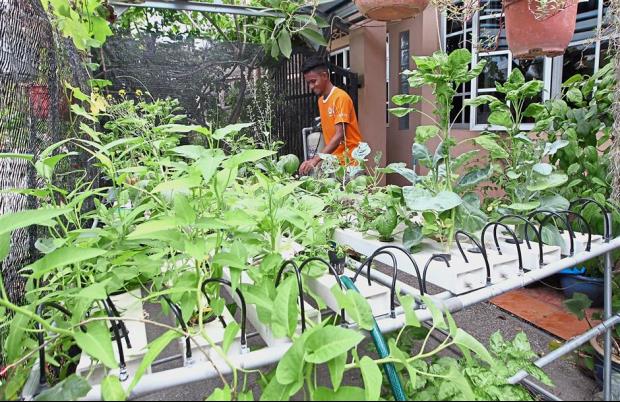
Residents in Taman Setia Warisan have set up their own individual gardens such as 22-year-old Muhammad Idham Zainal Abidin‘s family, who donates their vegetables to the committee members to be sold.
Mat Saad said floods were a problem the community faced when they moved in, but patience and understanding had resulted in a flood mitigation plan effectively implemented.
“We used to get knee-high water that destroyed our belongings at least twice a year. We spoke to Foong about it and he helped us to get the state government to agree to a flood mitigation plan costing RM12mil,” he said.
The plan also benefited neighbouring villages including Kampung Melayu Subang.
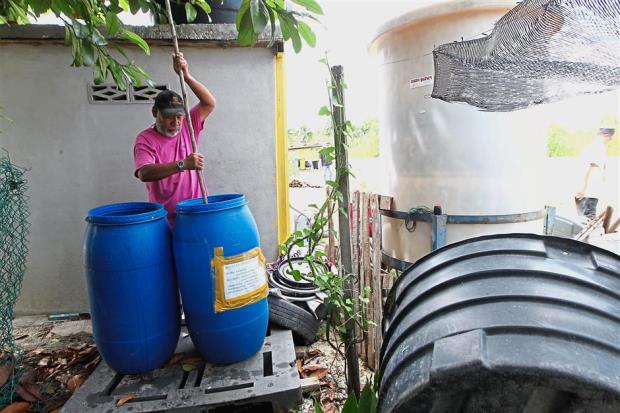
Ahmad Zulkifli Hashim, 55, stirring the compost made up of kitchen scraps and brown sugar that is used both as a fertiliser as well as sewage tank cleaner.
“There is no use fighting with the council. If you need something, talk it out, explain your problem and be patient. They will fix it because they have no reason not to,” he pointed out.
Three years ago when Foong was appointed area councillor, he said the residents walked up to him with so many problems related to drainage, garbage, streetlights and safety.
Foong said that after much effort, those problems had been solved and residents had even initiated their own recycling, safety measures and landscape methods.
They collected RM5 from each household every month, out of which RM2.50 was donated to their surau that they built themselves.
There are three vegetable gardens generating a small income.
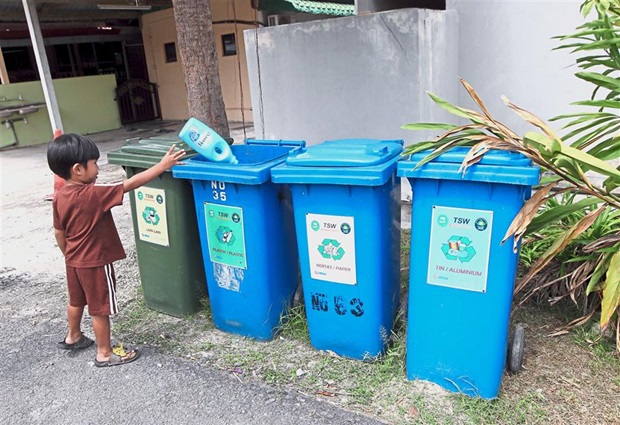
Three-year-old Irash Saad throwing a plastic bottle into the recycling bins placed at the corner of every street in Taman Setia Warisan.
Resident Halim Jakim, 59, said they initially had trouble planting the vegetables due to the infertile soil.
“It was an experiment for us too. We learned through mistakes and found out the soil was not conducive for gardening. So we got new soil and planted the vegetables that are now sold to our own residents first before being offered to outsiders,” he added.
They created pots from old RoRo bins, planted inside the ground, added the fertile soil and created designated hedges for each plant.
Residents also came up with an ingenious idea to use the plant fertilisers they make, to clean up their individual sewage tanks.
“As ours was an abandoned project, we do not have an outlet for the sewage tank. So our committee member, who takes care of the organic fertiliser, suggested that we dump some of it down our sewage tanks to clean it up,” said resident Ahmad Zulkifli Hashim.
He said the organisms in the fertiliser, made up of kitchen scraps and brown sugar that were left to mature for three months, could clean the dirt and produce crystal-clear water.
The residential area is also taking part in the Minizeebee competition organised by the council to award neighbourhoods with good landscape and sustainable practices.
The Taman Setia Warisan team has unique landscaping ideas using recycled materials.
“We have recycling bins placed on each street and we sell whatever we can and reuse those we need for our landscape.
“Some of our designs are so popular that we are getting over 1,000 orders,” Mat Saad revealed.
The success of Taman Setia Warisan residents has Foong beaming with pride, calling them an excellent example for other neighbourhoods.
He said the RA committee and the residents were also a perfect example of a good working relationship between the council and the community.
“Residents should take the initiative and we can them. That is what we have done here,” he said.
He added that the residents’ initiatives were in line with the council’s vision to reduce carbon emission by 45% in Shah Alam.
